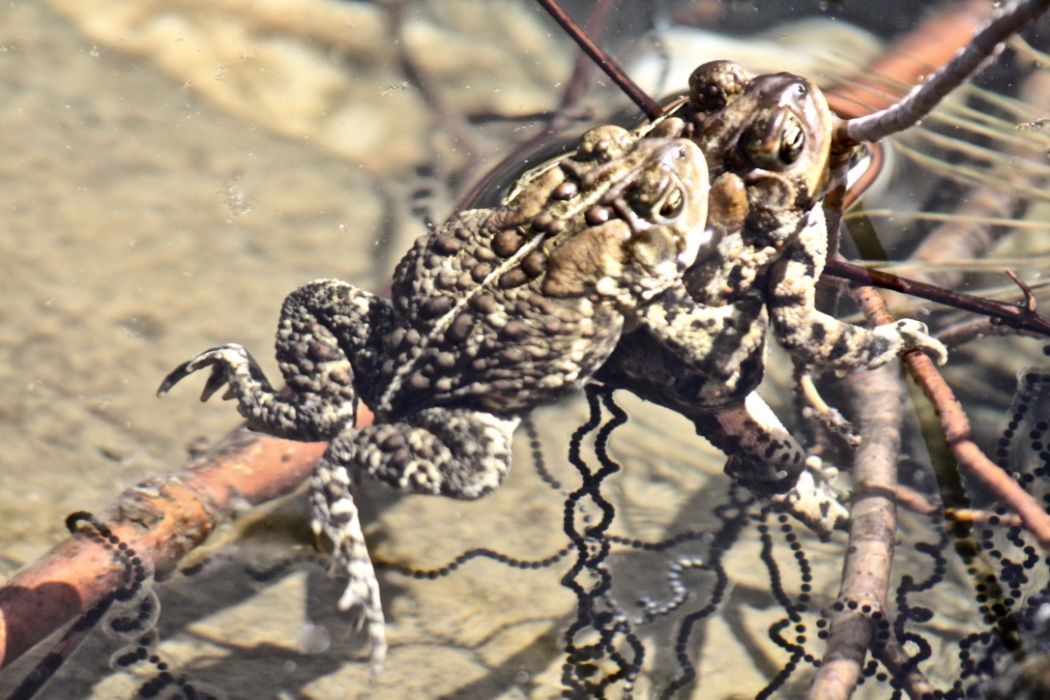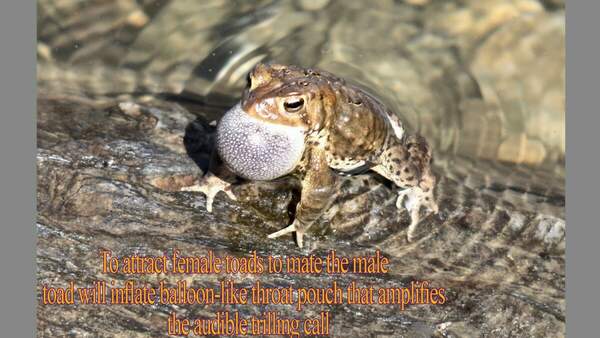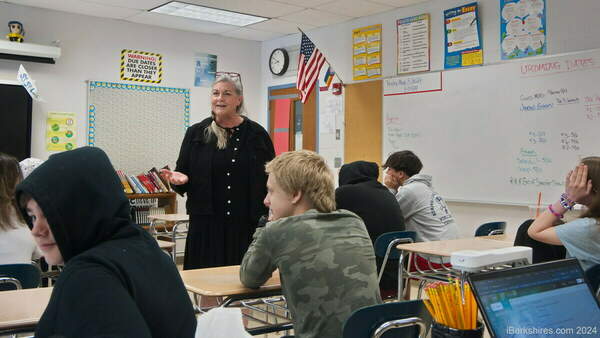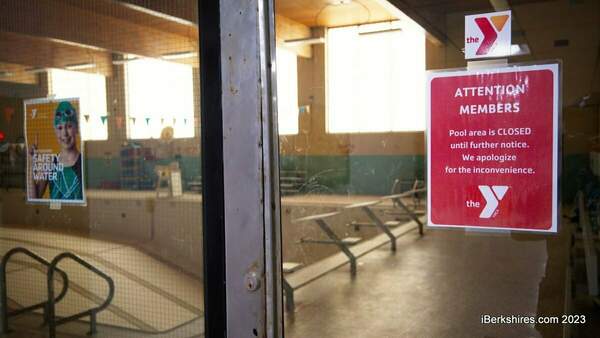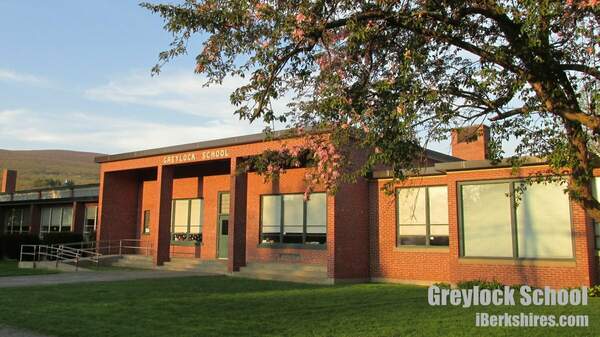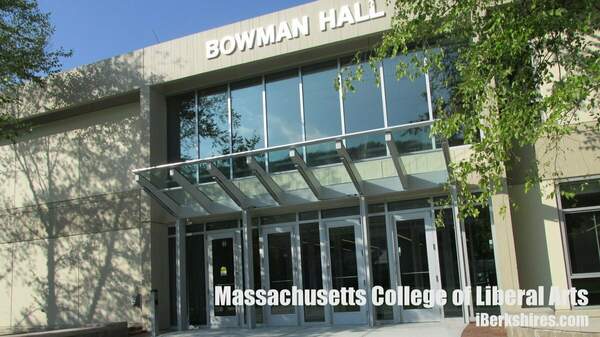Letter: Standouts to Support Public Higher Education
 |
To the Editor:
During this time in which many of our day to day activities have been affected by Covid-19, one thing has not changed: the value of our public higher education institutions. Here in Berkshire County, MCLA and Berkshire Community College continue to serve our students, many of them local residents and the majority residents of this Commonwealth. While the modalities we are using to teach, counsel, advise, and provide all types services have widened to include more online and hybrid as well as in person delivery when it can be safely done, BCC and MCLA are open to our students. We remain the most affordable and accessible institutions in the county. Together with our colleagues at the University of Massachusetts campuses, we continue to educate our citizens.
It is for these reasons that we wish to express our opinion that public higher education campuses deserve level funding at the very least. Our students deserve and should have access to the range of programs, courses, and support services of all kinds; during this pandemic, students have more needs to be met, not fewer. Public higher education has suffered through many years of underfunding. Although the work done at public institutions of higher education is often praised, such lip service doesn’t pay the salaries and other fixed costs on our campuses. Praise has never funded a scholarship or kept tuition and fees from the increases necessary when state aid is insufficient. If ever there was a time to turn praise into line items of the budget, this is that time.
Our public colleges and universities provide the workers that are needed in our communities. From nurses to teachers, from scientists to computer specialists, from professors to hospitality workers, from writers to public servants of all kinds, how many of us were educated at least in part at our public colleges? Workforce development and adult basic education also takes place on our campuses. We provide those who cannot or choose not to leave the area with quality education that is relatively affordable. Those employed by the colleges are able to invest in the community as well, buying homes, raising families, and supporting local businesses.
To call attention to the benefits of public higher education as well as to highlight the need to adequately fund our institutions both locally and statewide, there will be two community standouts on Friday, Oct. 2, from 5-6 p.m. Please join us in Pittsfield at Park Square, and in North Adams outside of City Hall to show your support. We will make a good faith effort at social distancing, but please do bring and wear a mask if you join us; we want to keep everyone safe. Public higher education is essential; it should be funded and respected as the necessity that it is.
Andrea Robare
North Adams, Mass.
Liz Recko-Morrison
director, Berkshire Chapter
Massachusetts Community College Council

.jpeg)
